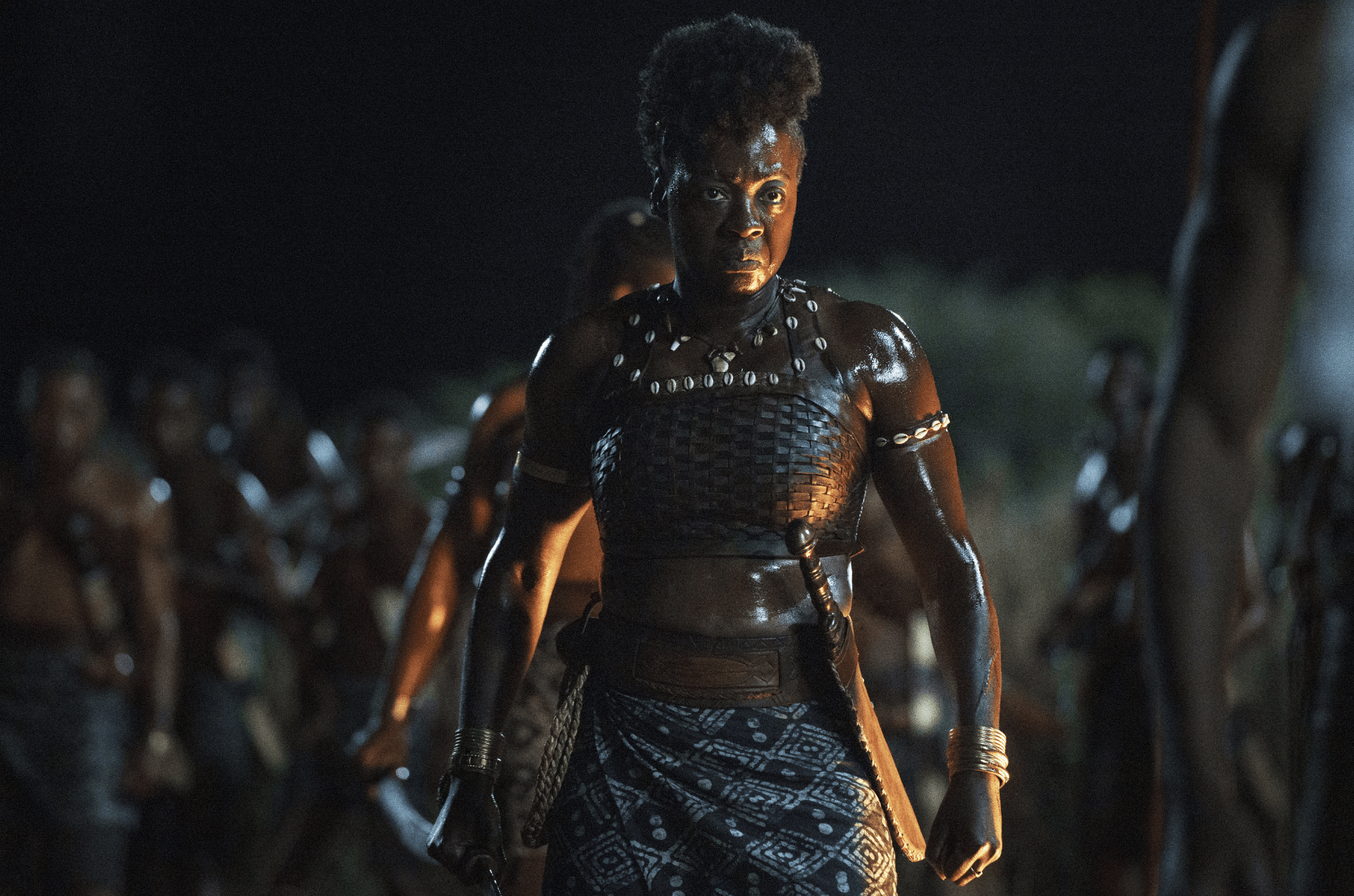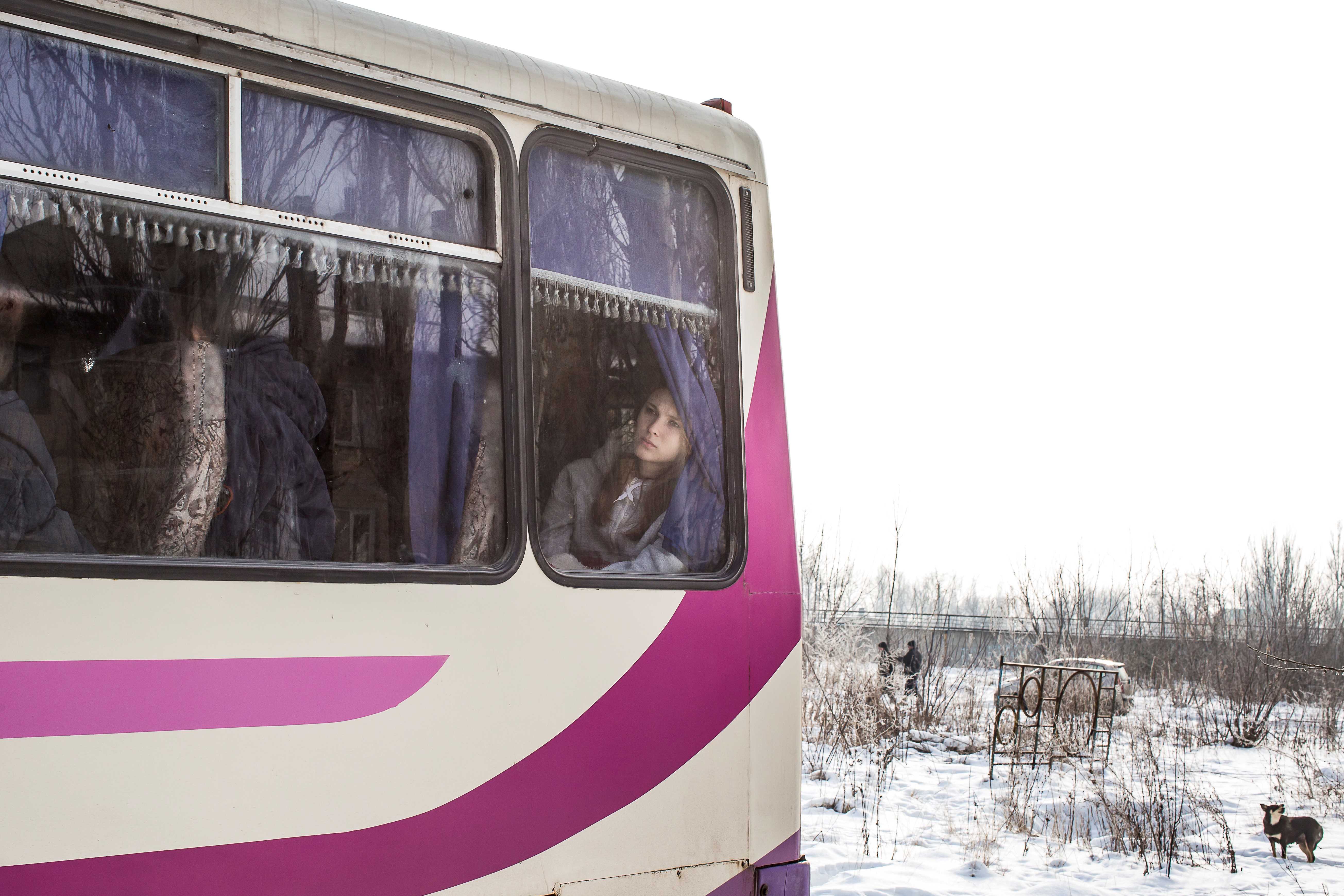The high drama and brute emotionality of German Expressionist prints exhibited in the Defiance Despair Desire: German Expressionist Prints from the Marcia and Granvil Specks Collection provided the perfect context for a discussion panel “Visual Artists Responding to War,” held on Thursday, February 12th at the Milwaukee Art Museum. The exhibition features bold and dramatic prints from Max Beckmann, Emil Nolde, Otto Dix, Kathe Kollwitz along with the works of other leading artists of the movement. It is a collection of artists convinced of the power of their art in bringing about social change, whose experimentation in stylistic representation of humanity within the rigorous technical concerns of printmaking still speaks to us of the human resilience and vulnerability in the face of unspeakable horror. The artists used the revolutionary style and subject matter of their images, as a way to bypass official institutions and communicate directly with the public. An atmosphere of social turmoil, violence, and national insecurity leaps off the walls, profoundly moving the viewer.
A diverse group gathered in the Lubar Auditorium to hear presentations from printmaker, professor, and World War II veteran Warrington Colescott; political artist, writer, and teacher Nicholas Lampert; and photojournalist Rick Wood. Despite the regional character of the panel—Colescott is a professor-emeritus from University of Wisconsin, Madison; Lampert teaches at the Milwaukee Institute of Art and Design, and Rick Wood works for Milwaukee’s Journal Sentinel, the discussion centered on art that seeks to engage the world outside the self, be consciously political and bring about change.
There was no attempt to conceal a liberal agenda. Nicholas Lampert, immediately announced that his presentation would be an “unabashed antiwar protest,” emphasizing that the current state of “perpetual war, is the greatest tragedy of our time.” Similarily, Colescott displayed prints of some of his best political cartoons, attacking the Bush administration as well as the mass slaughter of deer by the Wisconsin hunters that is presented to the public as necessary population control. It was perhaps Wood, due to the nature of his work as a photojournalist, who tried to provide a more unbiased view of suffering and tragedy that ensued from the attacks of 9-11 and the recent war in Iraq. The discussion was anchored by Colescott’s age and experience as a veteran of several wars, and his reputation as an established and accepted artist. His work is included in the permanent collections of the Museum of Modern Art, the Art Institute of Chicago, the Metropolitan Museum, and the Smithsonian among many others. He located the others’ comments within the timeline of history, calming the volatile and highly political subject matter of the event.
Colescott took the podium first, proceeding to talk “personally about war, having lived through too many of them.” He presented graphic highlights from his career as a printmaker of over forty years: starting with his education at UC Berkeley, including time spent in the trenches of Europe, garrisons of Korea. Since the late ’40s he has been a professor at the University of Wisconsin, Madison.
His prints, particularly etchings with aquatint, combine a strong narrative component with montage-like compositions executed with a bravado of line and color, as well as a fine sense for the vulgar and the apocalyptic, characteristic of master printmakers like Hogarth, Callot, Goya and Daumier.
The subjects of his caricatures are often political: generals, officials, presidents presented in situations often involving cross-dressing and sado-masochism. Actively engaged in a profession in which success is measured by the amount of censorship and persecution leveled against the artist, Colescott states: “I hate triviality, and the demands I put on myself specify complexity: if you seduce, do it with wit and creativity; if you attack, do it with skill; if you educate, do your research.”
A presentation by photojournalist Rick Wood followed. A widely traveled reporter, he shot photographs in Somalia and Cambodia and also visited Iraq in 2000 as part of a team invited by the Iraqi government to assess the state of the country severely crippled by UN sanctions.
Images of children suffering in hospitals, lacking the basic supplies, in homes where starvation and malnutrition were commonplace, were poignant in light of reports in which Iraq was being presented to us as a country that is somehow dangerous. These scenes were replaced by photographs of 9/11, which Wood witnessed and recorded in person—jet fuel burning away at the infrastructure of the World Trade Center buildings just seconds before the collapse, shapes too closely resembling human proportions in open air, which in a different context could be easily mistaken for hovering birds, expressions of shock and disbelief on the ash covered faces of witnesses. Little analysis was needed, and Wood supplied some factual data, maintaining that his goal as a photographer is “to record the human condition.” The look on his subjects’ faces indeed spoke eloquently for the frailty of our species.
Nicholas Lampert closed the night with an impassioned presentation, describing the current state of the anti-war movement in the US and displaying some of its graphics. He emphasized the increasingly important role of the internet in disseminating images of dissent, crediting it with the greater amount of publicity that the anti-war movement gained in 2002 as opposed to 1991. He particularly stressed the role of websites like www.protestgraphics.org. Full of copyright-free, bold, and powerful protest graphics, the website received enormous amounts of traffic following the start of the invasion. And while the speech had a slight accusatory subtext — many of the images Lambert presented referenced the logos of major corporations pointing the finger at the consumers and the taxpayers, the focus rarely strayed from the ability of the internet to help organize and spread the message of the anti-war movement.
No image or photograph can match the reality of war, and every artist that has in any way referenced it has to address that certainty. The tension inherent in the work that grapples with this issue greatly contributes to its power. The prints of German Expressionism on display in the museum can attest to that. The recent bloodshed in the streets of New York, Baghdad and Kabul brings these works of art much closer to us. Whether considering them as art of response or a call to arms, their power seems particularly great in our time. Most of them were created for a mass audience of artists and non-artists alike. One of the most difficult problems that any artist with a populist attitude must struggle with is the legibility of one’s art in relation to its quality—the message must be clear every time, while the envelope has to be pushed in order for it to maintain its vitality as art. Some assert that German Expressionism failed precisely because of that—artists drifted too far away from the initial goal of affecting social change, and lost themselves in the examination of the inner self. At this point in time, the art of resistance in the United States tends in the other direction, but then again, none of us are yet to be confronted with disaster as great as a world war.
More information:
Warrington Colescott
Milwaukee Journal Sentinel and Rick Wood
Anti-War Posters



















